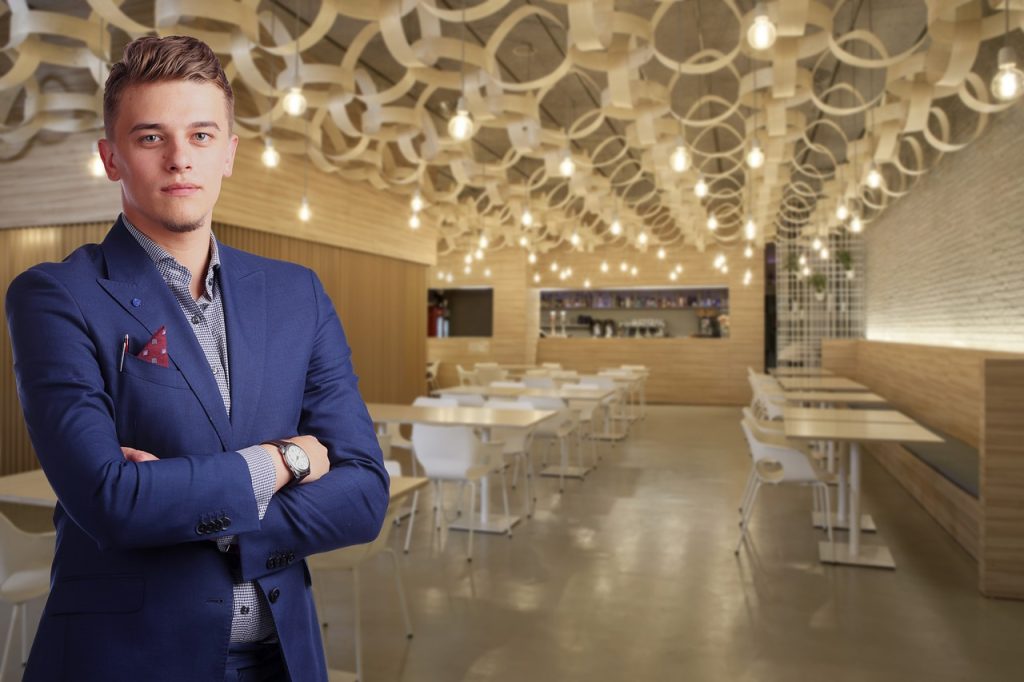Discover efficient restaurant design tips to help you create the right layout /floor-plan for optimum utilization of space in 2024.
Creating a captivating layout and design for your restaurant is crucial for attracting customers and ensuring their satisfaction. A well-thought-out restaurant layout not only enhances the overall dining experience but also boosts operational efficiency. In this article, we will explore the step-by-step process of creating a stellar layout and design for your restaurant. By following these guidelines, you can create a space that is visually appealing, functional and reflects your brand identity.
Step 1: Understand Your Target Audience
To create an effective restaurant layout, it’s essential to have a clear understanding of your target audience. Consider factors such as demographics, preferences, and dining habits. Are you targeting families, young professionals, or a niche market? Understanding your target audience will help you determine the style, ambiance, and functionality of your restaurant layout.
Step 2: Define the Flow of Traffic
Analyzing the flow of traffic within your restaurant is crucial for ensuring smooth operations. Study the entry and exit points, waiting areas, and the path customers will take to reach their tables. A well-defined flow of traffic will minimize congestion, maximize seating capacity, and improve customer satisfaction.
Step 3: Optimize Seating Arrangements
The seating arrangement plays a vital role in creating a comfortable and welcoming dining experience. Consider the size and shape of tables, spacing between tables, and the overall seating capacity. Strike a balance between maximizing the number of customers and providing enough space for them to move around without feeling cramped.
Step 4: Create Zones for Different Dining Experiences
To cater to diverse customer preferences, consider creating separate zones within your restaurant. This could include a bar area, a cozy corner for intimate dining, or a seating area with a view. By creating distinct zones, you can cater to various customer needs, enhance the ambiance, and provide a memorable dining experience.
Step 5: Pay Attention to Lighting and Acoustics
Lighting and acoustics are often overlooked but have a significant impact on the overall dining experience. Use a combination of ambient, task, and accent lighting to create a warm and inviting atmosphere. Ensure that the lighting is neither too bright nor too dim. Similarly, consider incorporating sound-absorbing materials to control noise levels and create a pleasant dining environment.
Step 6: Reflect Your Brand Identity
Your restaurant design should reflect your brand identity and create a cohesive visual experience. Choose colors, textures, and materials that align with your brand’s personality and concept. From furniture and decor to signage and menu design, every element should convey a consistent message and create a memorable impression on your customers.
Creating a stellar layout and design for your restaurant is a comprehensive process that requires careful consideration of various factors. By understanding your target audience, optimizing seating arrangements, creating different dining zones, paying attention to lighting and acoustics, and reflecting your brand identity, you can create a space that attracts customers and keeps them coming back for more. Remember to continuously evaluate and adapt your layout to meet changing customer needs and preferences. With a well-designed restaurant, you can provide a remarkable dining experience that sets you apart from the competition.



